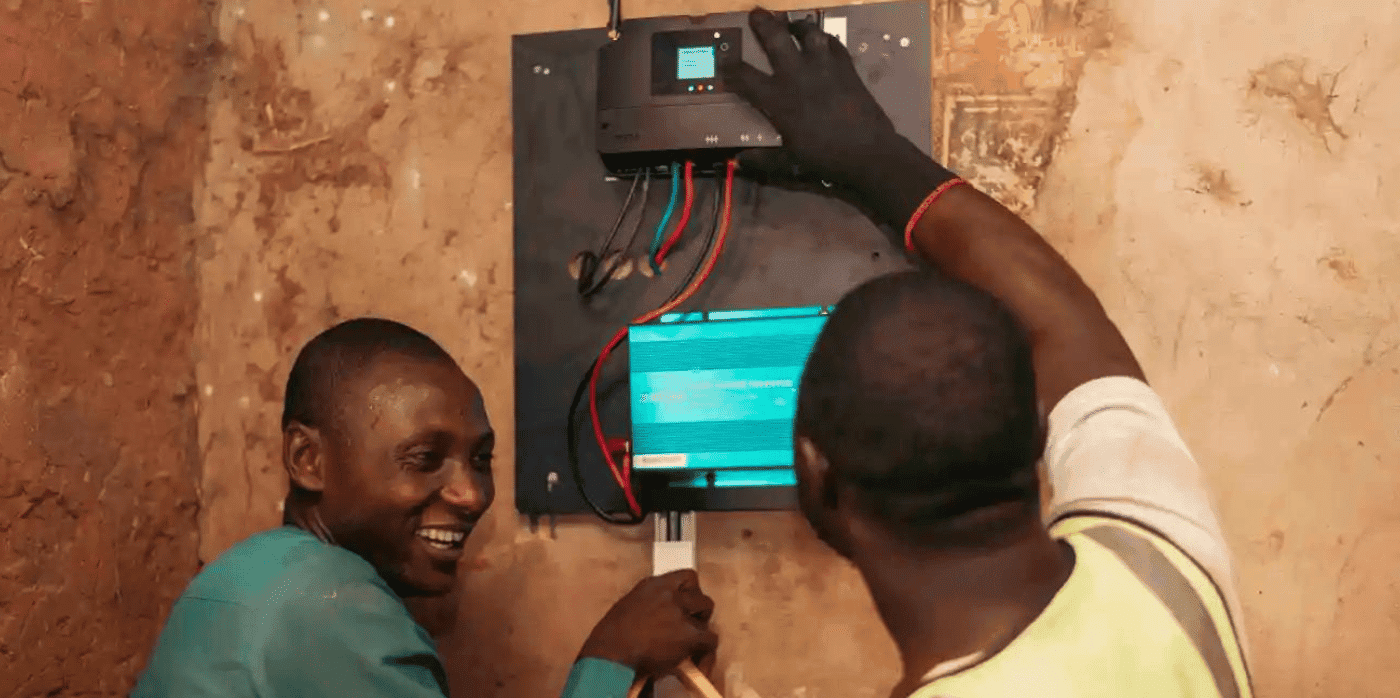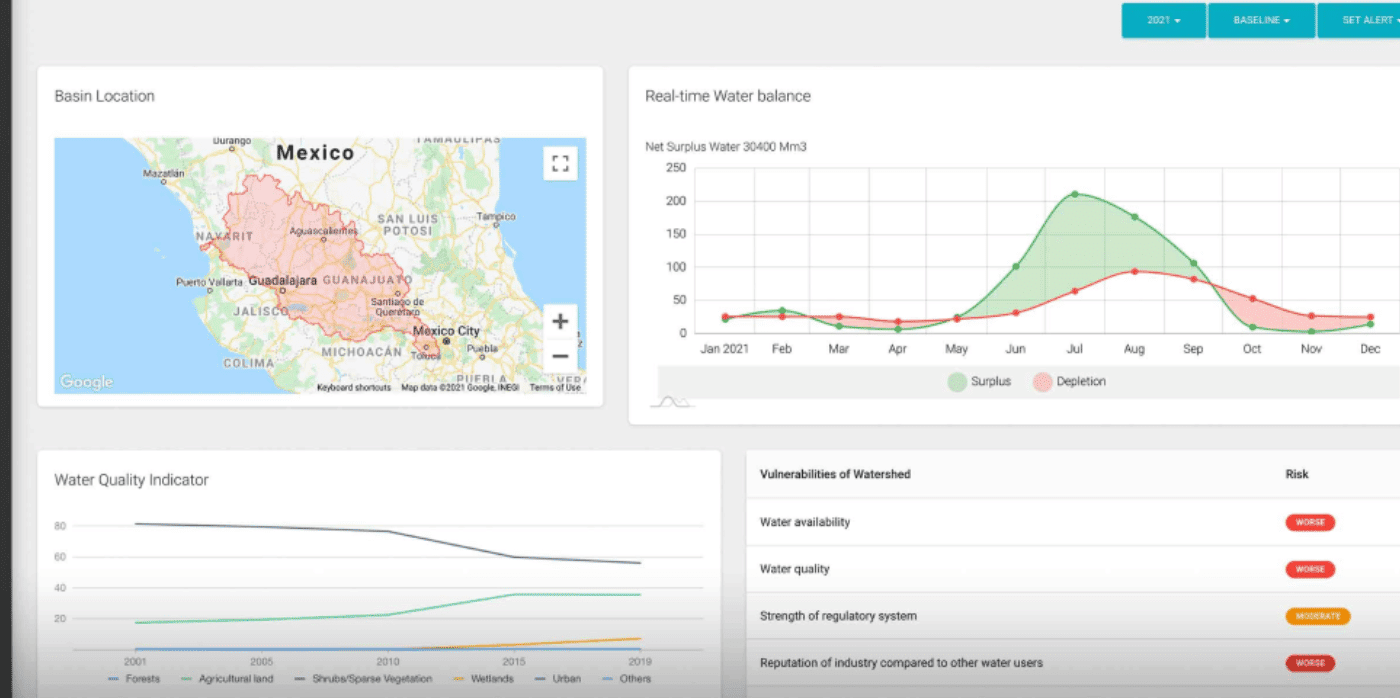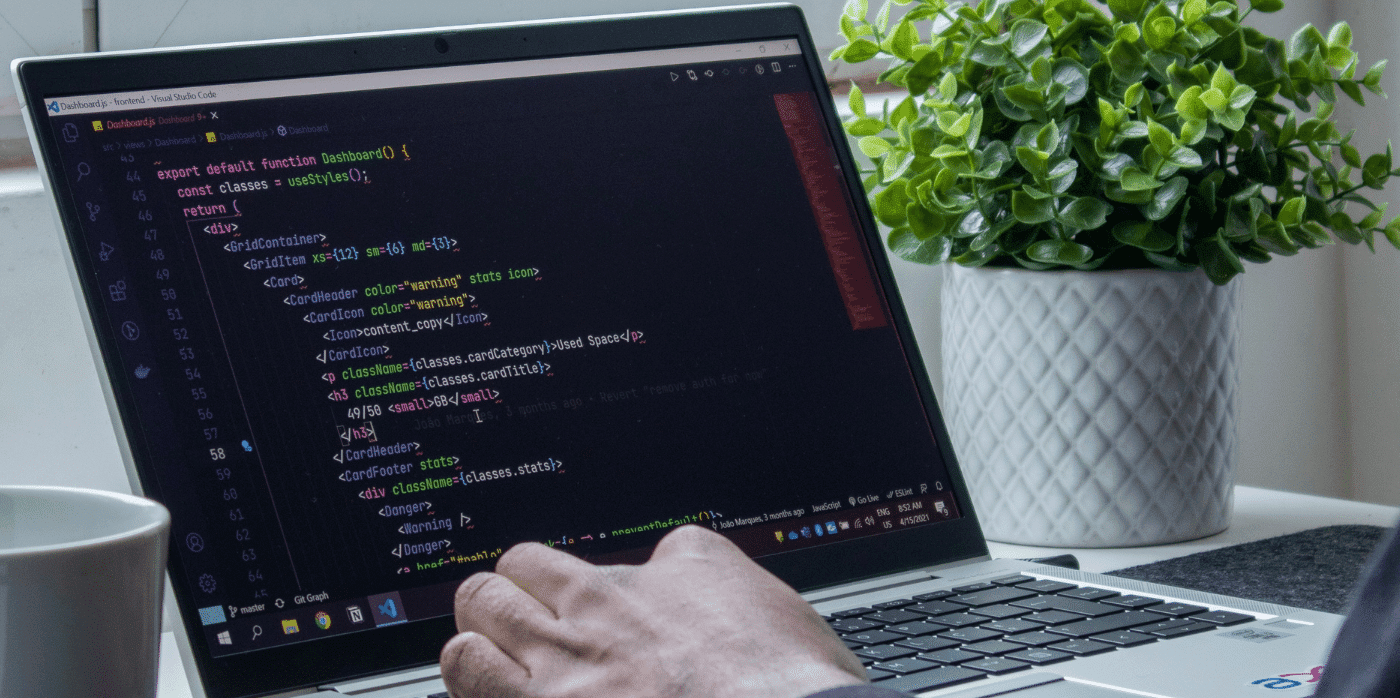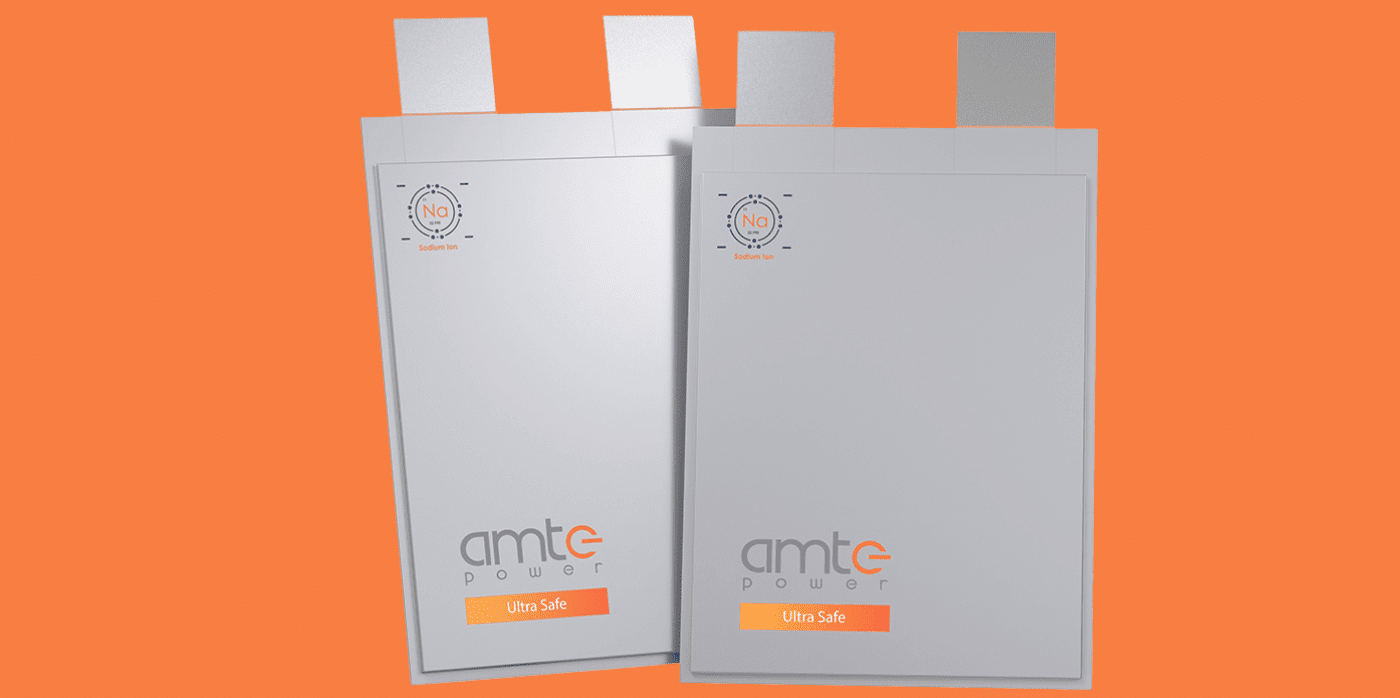Mesh-grids for electrifying remote communities

Spotted: Following an increase in the number of people worldwide without access to electricity in 2022, 2023 is seeing a decline, with the International Energy Agency (IEA) highlighting local home solar systems as one of the main reasons for the improvement. That growth, however, is still deemed too slow to meet the United Nations’ Sustainable Development Goal (SDG) 7 of affordable, reliable, sustainable, and modern energy for all by 2030.
Determined to assist the 700 million people without electricity, Okra Solar uses mesh-grids to bring hyperlocal solar energy systems to the world’s most remote communities. Mesh grids use low-voltage connections to distribute power between homes that are in very close proximity to each other.
Any other type of network requires far more infrastructure such as cables, poles, and materials capable of containing higher voltage currents, all of which are key reasons why most of the world’s isolated communities remain without electricity. Okra Solar’s solution allows last-mile energy delivery by providing either standalone home solar (SHS) systems or a small number of connections between neighbours.
An Okra pod is installed in every home, and the Internet of Things (IoT) capability makes sure that energy flows where it is needed in the network, which allows residents to consume more than they would otherwise generate on their own. The IoT also provides remote monitoring of the system via cellular data or Wi-Fi, and the pods are powerful enough to support appliances like freezers, power tools, and a variety of lights.
Homeowners can make payments via mobile, and the cloud connection means that the system’s always-on monitoring ensures that homes have the required minimum amount of energy. The Okra Solar team creates a least-cost-of-electrification plan for every location and includes detailed cost breakdowns along with a comparison to alternatives such as microgrids.
Okra Solar’s mesh-grids are being used by more than 14,000 people across four different countries, and the company recently raised $12 million (around €11.4 million) to scale further the deployment of its panels and system.
Other recent solar power innovations in Springwise’s archive include the repurposing of old EV batteries for off-grid solar energy and a rent-to-own solar panel programme that makes renewable energy far more accessible.
Written By: Keely Khoury





